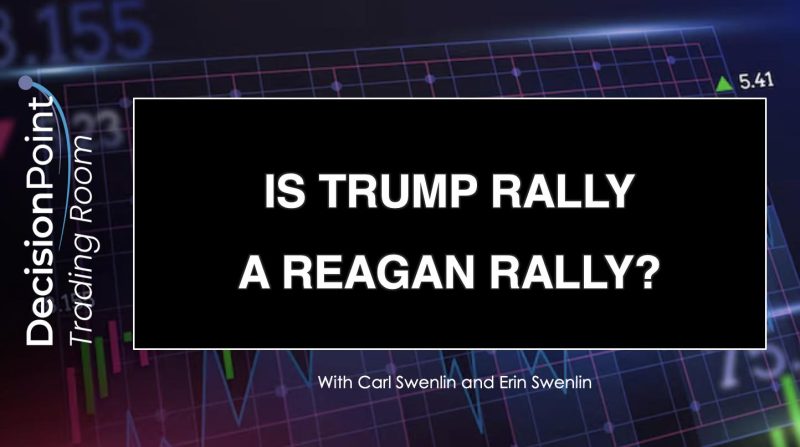Is the Trump Rally Like the Reagan Rally?
Comparison of Economic and Political Environments
The Trump presidency has often drawn comparisons to that of Ronald Reagan, particularly in terms of the economic environment and political phenomena during their respective eras. While both presidents embarked on significant policies that shaped the course of American history, it is essential to dissect the similarities and differences between the two periods in order to arrive at a nuanced understanding of the ‘Trump Rally’ and the ‘Reagan Rally.’
Economic Policies and Initiatives
One of the primary areas of comparison between the Trump and Reagan presidencies lies in their economic policies and initiatives. Reagan is widely known for his ‘Reaganomics’ approach, characterized by large tax cuts, deregulation, and a focus on supply-side economics. This policy framework aimed to stimulate economic growth by reducing government intervention and freeing up private sector activity.
Similarly, the Trump administration pursued a pro-business agenda, marked by substantial tax cuts, deregulation across industries, and a strong emphasis on protecting American industries through trade policies. The Tax Cuts and Jobs Act of 2017, signed into law by President Trump, lowered corporate tax rates significantly and provided relief for many individuals and businesses.
While both administrations prioritized tax cuts and deregulation as key drivers of economic growth, there are notable differences in the broader economic context in which these policies were implemented. Reagan inherited an economy plagued by stagflation – a combination of high inflation and low economic growth – and his policies were aimed at tackling these challenges. In contrast, Trump took office during a period of economic recovery following the Great Recession, with unemployment at historic lows and sustained economic expansion.
Political Environment and Ideological Shifts
Beyond economic policies, the political environment in which the Trump and Reagan presidencies unfolded also presents distinct characteristics. Reagan’s presidency is often associated with a conservative resurgence in American politics, marked by a shift towards supply-side economics, a strong stance against communism, and a renewed emphasis on American exceptionalism.
In contrast, the Trump era has witnessed a rise in populist sentiment, characterized by a rejection of traditional political establishments, skepticism towards globalism, and a focus on issues such as immigration and trade protectionism. President Trump’s unorthodox style of governance and combative approach to political opponents have further differentiated his presidency from that of Reagan.
Moreover, the role of media and technology in shaping public discourse and political narratives has evolved significantly between the Reagan and Trump eras. The rise of social media platforms and 24/7 news cycles has amplified political polarization and altered the dynamics of public engagement with political leaders.
Conclusion
In assessing whether the ‘Trump Rally’ is akin to the ‘Reagan Rally,’ it becomes evident that while there are parallels in economic policies and certain ideological undercurrents, the broader contexts of the two presidencies differ significantly. Reagan’s tenure was marked by a conservative revival and a response to economic challenges, whereas Trump’s presidency has reflected a shift towards populism and a reassertion of American nationalism.
By understanding the nuances of these historical parallels and distinctions, we can gain a deeper insight into the dynamics of contemporary American politics and the legacies of these two influential presidencies.
